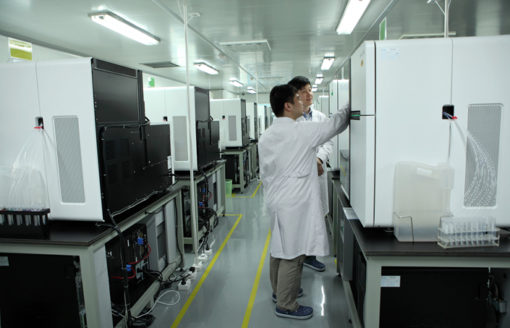In 2003, the Human Genome Project sponsored by the National Human Genome Research Institute (NHGRI) of the U.S. Department of Energy, successfully sequenced the full genome (genetic code) of a human being at a cost of about $2.7 billion. This achievement has allowed human beings the opportunity to get to know themselves better in terms of how each individual is made up genetically. Ever since, scientists have discovered specific genes that are responsible for human infirmity, including addiction. Hence, many companies have entered the DNA sequencing market to steeply reduce the cost involved so that an average person can afford.
The latest DNA sequencing machines (sequencers) bring broad medical implications for cancer and chronic diseases, including the FDA-approved test for cystic fibrosis and large-scale cancer genome studies that have resulted in new targeted and theoretically more effective therapies, benefitting patients in general.
Illumina is the dominant player in the development of DNA sequencing machines, while Thermo Fisher and Pacific Biosciences are the other major participants in that market. With the introduction of the HiSeq X10, Illumina set the bar at $1,000 per genome, but the price tag of HiSeq X10 is about $10 million, which is beyond the reach of many institutions. As a result, the more affordable $100,000 MiSeq with the same capabilities as HiSeq X10 was rolled out in January 2016 by Illumina, targeting smaller sequencing customers such as clinics and biotech startups.
Thermo Fisher’s sequencers are believed to serve a niche market where sequencing needs are for specific segments of a genome instead of its whole, as its ion sequencing technology is not expected to be scalable to HiSeq’s level.
Meanwhile, although Qiagen is only an expert in the production of sequencing reagents and bioinformatics tools, its acquisition of Enzymatics, the company engaged in the provision of enzymes used in 80% of next-generation sequencing reactions, will likely make the company another prominent force in the broader DNA sequencing market.
Cheap and easy genetic sequencing could also have applications in agriculture, letting companies to improve livestock and develop better seeds that can withstand environment stresses like drought for a wide range of crops.





China’s Hospitals and Healthcare Companies Represent Good Investment Opportunities